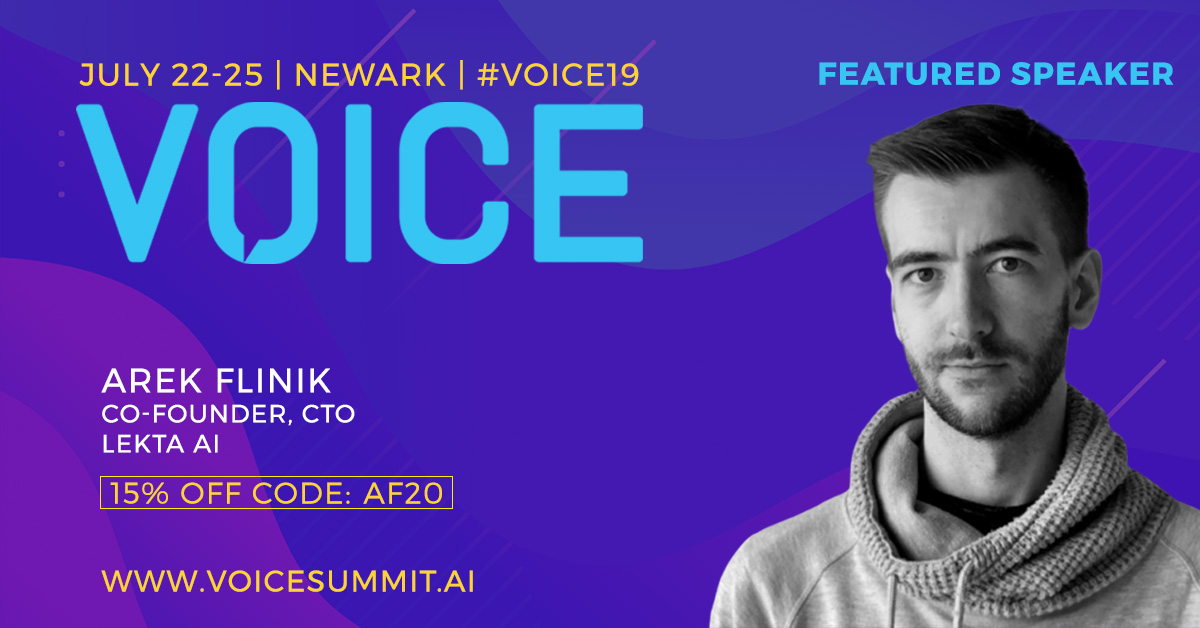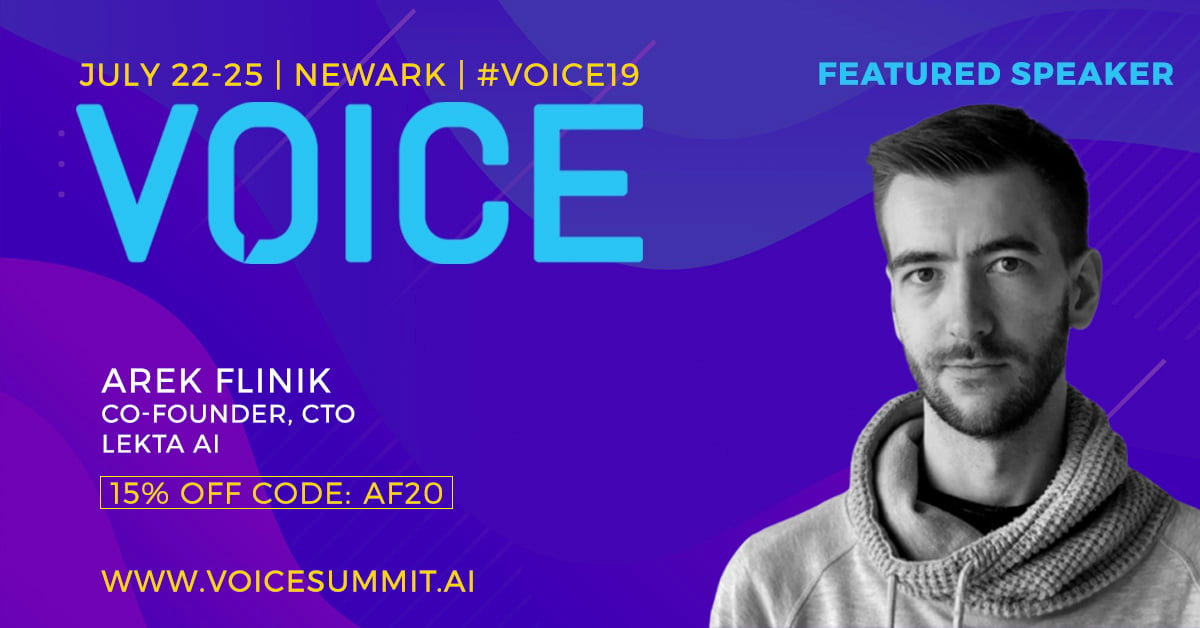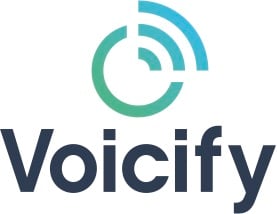





Creating a virtual agent or a chatbot is hard. Technology is evolving at such a quick pace that there's a lot of confusion around what’s possible and what’s not. And yet, chatbots are taking the market by storm.
Their varying quality, however, means it’s harder and harder to find good reference implementations you can learn from. No wonder trying to come up with something new can be overwhelming, and it’s often easiest just to stick to existing methods and drive bot development around them. Surely, this should work well enough?
Unfortunately, this approach can often backfire. Best case scenario: you’re looking at maintaining nothing short of the status quo—same old solution, just powered by a chatbot. Worst case scenario: you have the newest, most advanced technology put blindly to use—without considering business requirements or user experience.
At Lekta.ai, most of our clients already have an Interactive Voice Response (IVR) system in place. You know, "please press 1 for this," "press 2 for that," and so on. It’s not uncommon that they approach us ready to use their IVR trees as a template. Now, let’s imagine we conform and develop a bot based on just that.
Despite our best intentions, end-users are not to be fooled. Not only will they feel they’re being dragged through a rigid and inflexible process, they will also need to constantly think about the right keywords to use so that they’re understood. As soon as they realize they can’t really do anything other than follow the traditional IVR, they will get frustrated and opt for contacting a real person to avoid all the hassle.
The question then becomes: how to approach designing and building a bot to create a fun, engaging user experience and provide them with value that makes them want to come back for more?
I’ve found that the most overlooked part of creating a chatbot is at the very beginning: defining the project's scope and requirements.
When done right, the discovery phase should take into account all the important factors, such as the needs and expectations of both the business and end-users, technical and organizational constraints, as well as the business environment.
An analogy I like to use is that of a newly hired real-life customer service consultant. Would you start onboarding that person by going into the details and scripts of customer support conversations? Or would you explain how your business works and explain the common problems your customers have? I bet you’d go with the latter.
And yet, this is not where most people start when designing a bot. They skip the big picture and they think in dialog flows. They tend to sugarcoat existing IVR infrastructure without taking a step back, re-adjusting for the future, and understanding current business needs and goals in the context of new technological possibilities.
The discovery of business requirements should always be done prior to sketching a design of your chatbot. Work with your client to understand which customer support processes are worth automating, find out how popular they are, and what problems they solve.
However, you shouldn’t always automate the most popular channels or go for the lowest hanging fruit. Instead, you should start by thinking what will bring the highest ROI: how easy is it to automate the process of choice, how predictable it is, how much time your consultants will save.
Some of the most common pitfalls we observe are:
Using pre-existing IVR trees as a template.
Basing the chatbot's capabilities on the interactions your customers have with real consultants.
Building a bot around your knowledge base or FAQ.
I’m not saying these are not valuable sources of data and insights, because often they do provide a wealth of information on your customer's needs. Still, you should always view them as an inspiration, not a template.
Ask yourself: is it really that useful to have a bot that is just a glorified search engine for the content already available on your website? A virtual agent has much more potential than that. To generate a solid backbone for your project, you should take some time and think carefully about what your chatbot is actually meant to provide.
That's only the tip of the iceberg. The discovery phase is just one out of four important steps you need to get right if you want your bot to succeed.
In my upcoming keynote, "A Virtual Agent for the Real World," I will share everything I learned from deploying enterprise voice agents that support millions of customers.
I’ll cover best practices, ready to use tips, and my take on common dilemmas such as: how much data do you actually need when building a new chatbot solution from scratch, or what metrics you should look at to know whether your bot is working as intended.
If you're interested, I hope to see you there!




.png)

VOICE Copyright © 2018-2022 | All rights reserved: ModevNetwork LLC
